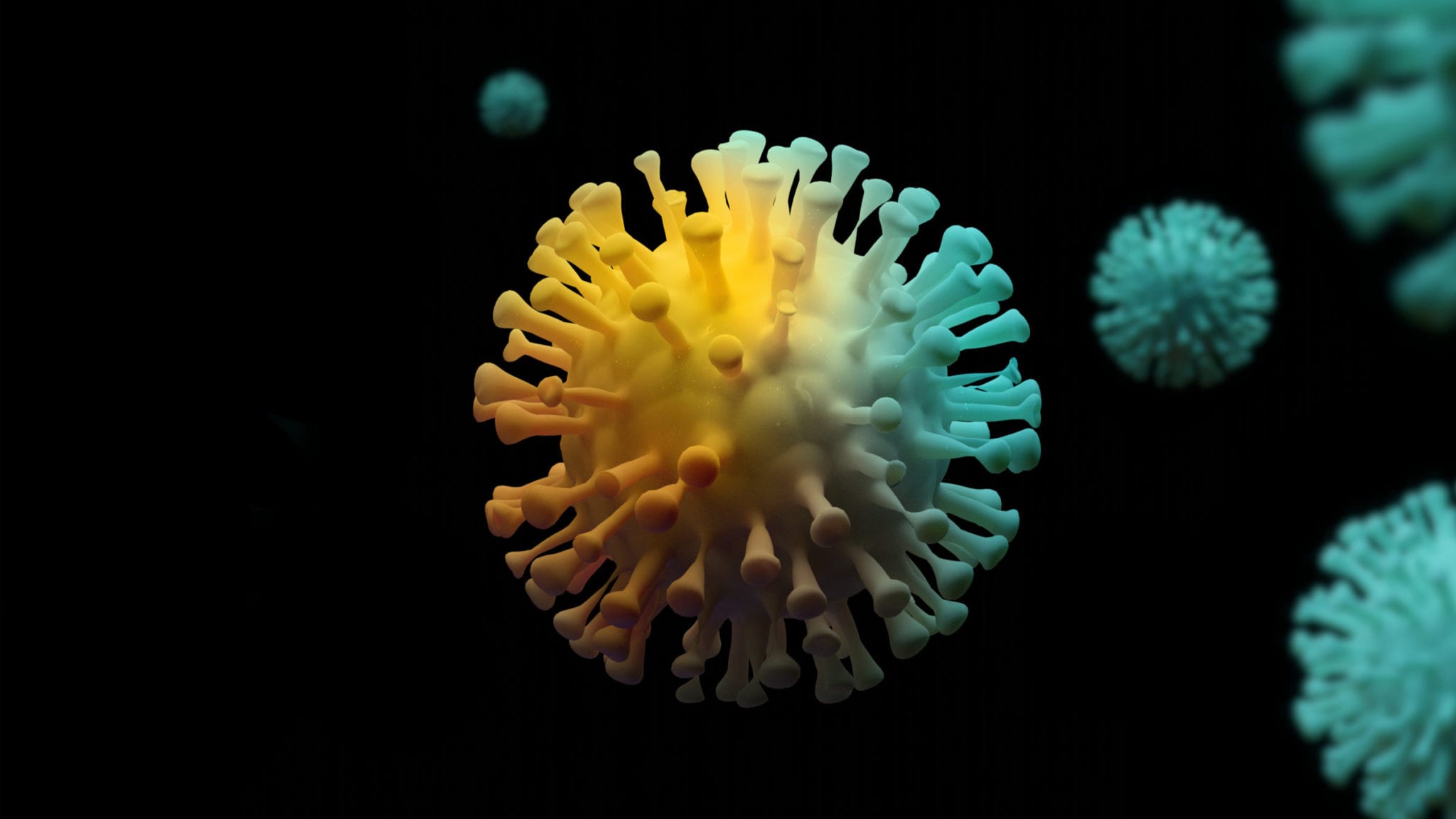
Scot Roberts, Altimmune CSO
Why mucosal immunity may be required to end the pandemic
Biotech Voices is a collection of exclusive opinion editorials from some of the leading voices in biopharma on the biggest industry questions today.
Following the recent emergency use authorizations of multiple vaccines for COVID-19, the first wave of people have already begun the vaccination process — a truly remarkable …
Sign up to read this article for free.
Get free access to a limited number of articles, plus choose newsletters to get straight to your inbox.